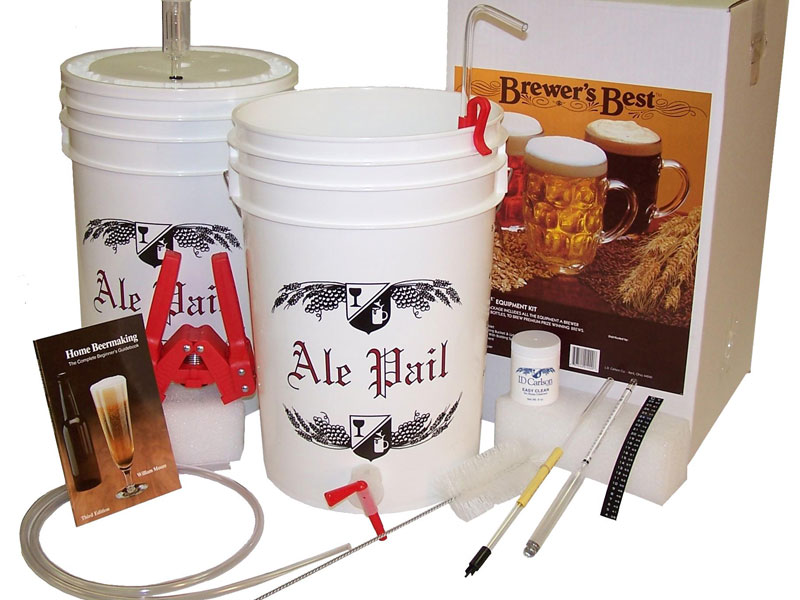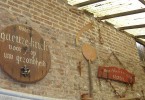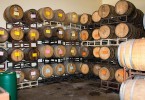How to produce homemade craft beer in few simple steps
Beer is produced thanks to the fermentation of malt and hop (or other mix of cereals) and it is one of the most appreciated drinks by the consumers for their thirst-quenching properties and for the sour and strong taste, that make it easy to digest. In this guide, we will talk after a quick historical excursus, about how it is possible to produce homemade craft beer in few simple steps to obtain a genuine drink, without preservatives and that do not affect the family budget.
When craft beer was born
Despite what you think, beer is an ancient drink rooted in the first rural cities. Woman used to preserve the barley grains in containers filled with water and natural yeasts to avoid the worm infestation and the attack of mice in the pantry.
Quickly, people discovered that the fermentation liquid not only has a pleasant taste, but also it gives the right energy to liven up the humour. With the years, the technique to produce beer was perfected, until in 1842 two German scientist Anton Dreher and Gabriel Sedlmayr, recognized the yeast that make special the formula of the drink, allowing the brewery in Bavaria Plzen to kick of the first beer with malt and hop that became the proud of Germany all over the world.
Homemade craft beer: here you are few simple steps
Things needed:
– Complete kit to prepare craft beer
– 1 kg of sugar
– Empty bottles
– 1 cup of 300 ml
– 1 wooden spoon
– 600 ml of hot water + 600 ml of cold water
– Water to fill the fermenter
Preparation
1) The first thing to do is to sterilize the tools with potassium metabisulfite that you find inside the kit, with the aim to disinfect all the tools that we use to do our craft beer. This step is really important to fight the proliferation of the bacteria that can alter the process of fermentation.
After having washed the tools with hot water, prepare the antibacterial solution melting the suggested doses of the pocket in the water. With the liquid, water the tools with the liquid, without rinsing.
2) Heat the jar of hopped malt, still sealed, in bain-marie for 10 minutes. In the meantime fill the cup with hot water (not more than 25°) and mix a spoon of sugar, the pocket of the yeasts and blend with a spoon.
3) Open the box of malt and pour the content in a pot with 600 ml of hot water. Add sugar and mix until it thickens. Place the pan on the fire and boil the must for 5 minutes; turn off and cool down.
4) Fill the fermenter with 600 ml of water, mix the must and add the ingredients; pour the rest of the water following the instructions in the kit, filling the container (around 23 litres). Now, it is necessary to collect a sample of the liquid obtained (then throw it away) to verify the density with the specific cylindrical tool in use, comparing it to the values indicated in the information sheet.
5) Before adding the yeast, it is sufficient to measure the right temperature: apply the thermometer inside the kit on the container and check that the mix reach the 20-22°C; then pour the dough of yeast and mix for a minute.
6) Close hermetically the fermenter placing the airlock inside it. Pour inside it a small quantity of the mix to release the gas generated during the process of fermentation. Preserve the container in an electric winery for wines, keeping the temperature between 20 – 22°C, otherwise different thermal status can alter the must. Wait for a week/ten days.
7) Bottle and seal hermetically the beer bottles, regulating the thermometer at 15°C.







